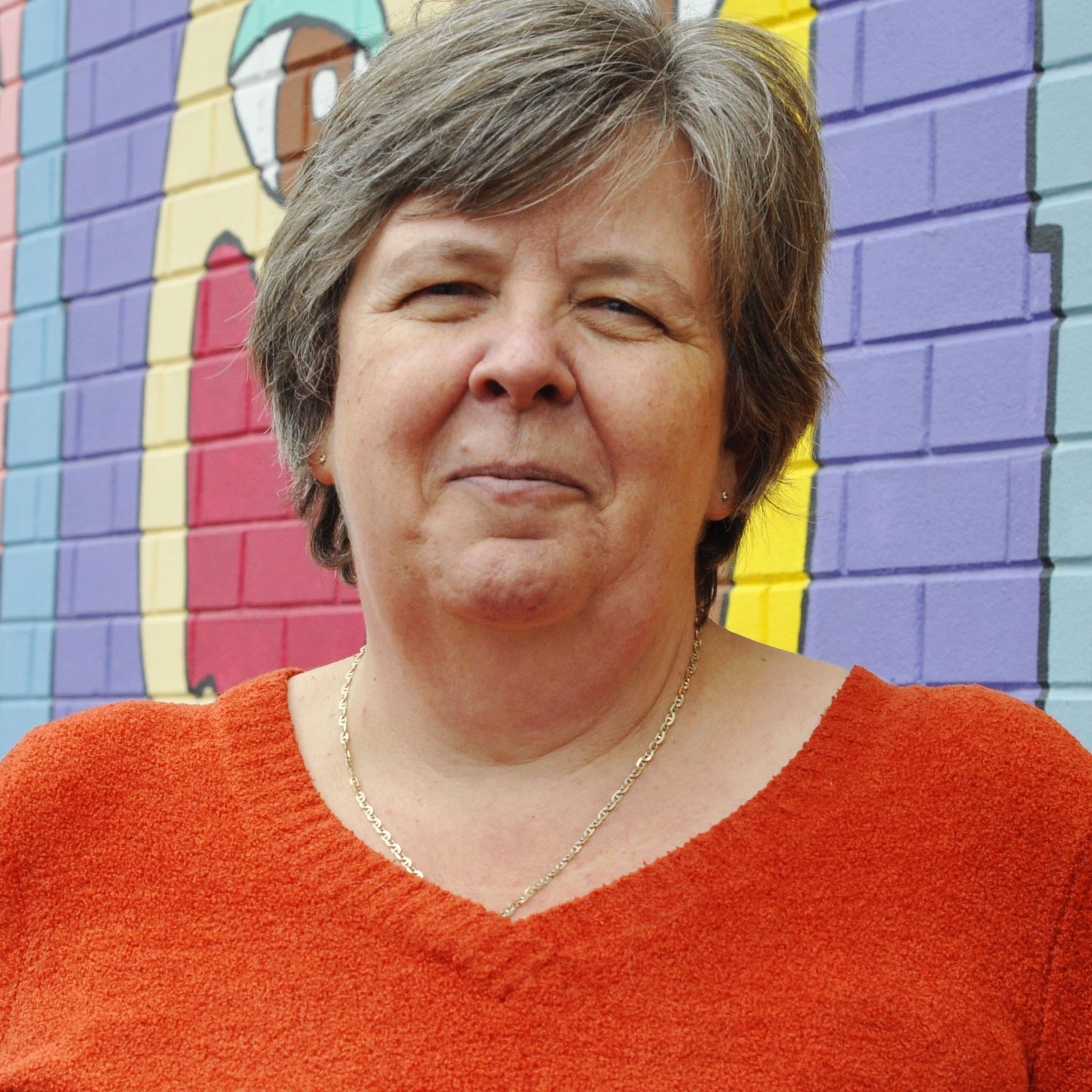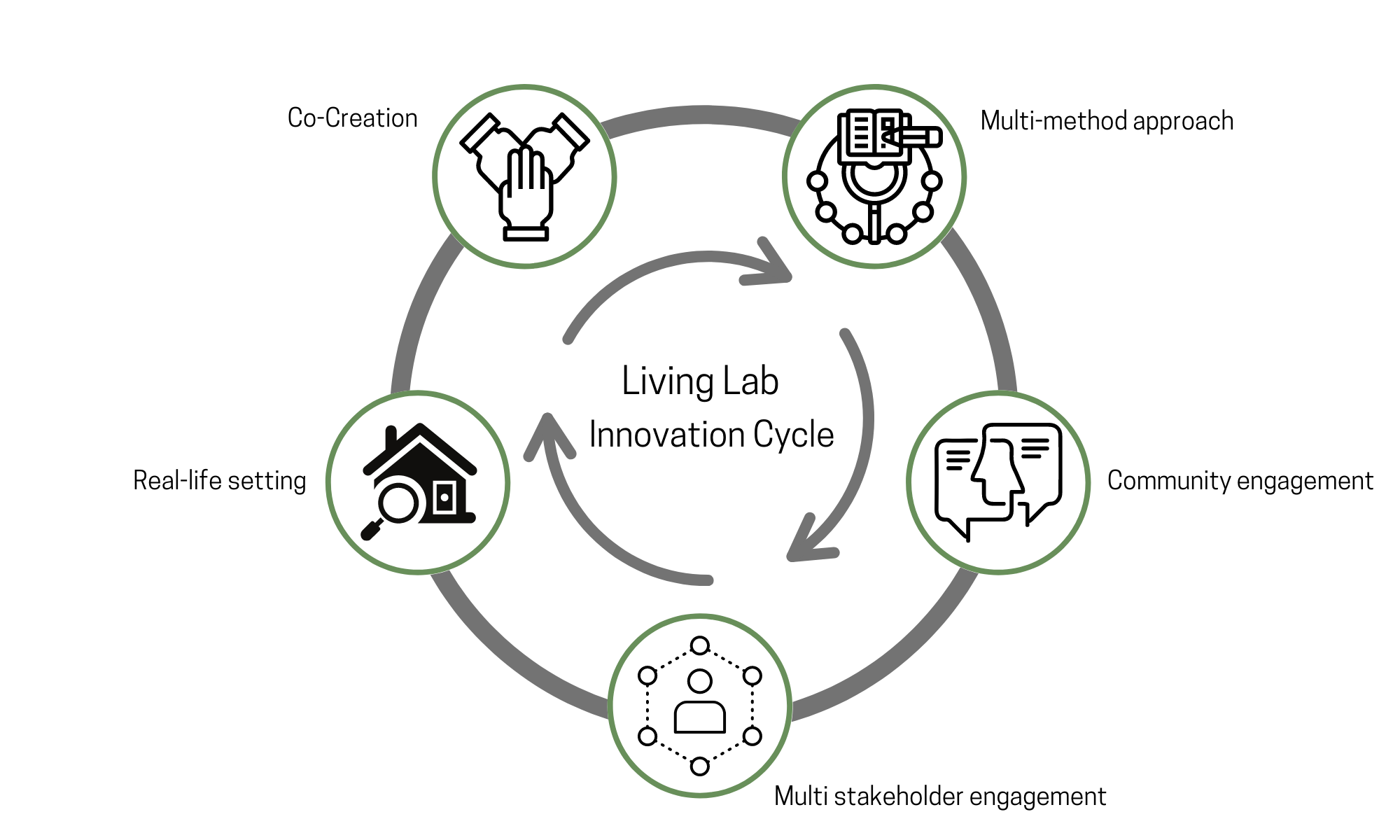 The Aspen Institute and Rich Harwood of The Harwood Institute collaborated to develop a white paper on 'Assessing Community Information Needs - A Practical Guide'.
The Aspen Institute and Rich Harwood of The Harwood Institute collaborated to develop a white paper on 'Assessing Community Information Needs - A Practical Guide'.
Following these nine steps or strategies, the author believes is the key to building a healthy information environment - the first step to successful community problem solving. So...what are the steps...
- Create an authenitic steering committee (local, diverse, and individuals concerned with more than their own agenda.
- Define community (pick a definition that fits the scope of what can be accomplished)
- Engage the community early on (make sure whatever you are going to do is based on what the community wants or needs)
- Mobilize the community as a resource (bring them in early and engage them)
- Create discipline of making sense of what you are learning (produce a synthesis of the lessons not a record of the lessons being learned)
- Make clear choices about what actions to take (set priorities for action and determine what progress will look like)
- actively cultivate boundary spanning organizations and groups
- tell the community's story of change (spread the story widely and don't hide failures)
- Ensure enough entry points for people to engage (offer ways for people to come together and stay connected over time).
This paper provides some important steps or strategies for community organizing. Too often, the organizers are inward facing - focusing on the problem they are trying to solve - rather than outward facing, ensuring that there is space for the community to become part of the change. A challenge to be sure, but a challenge that can be attained...at least by taking these first nine steps....





